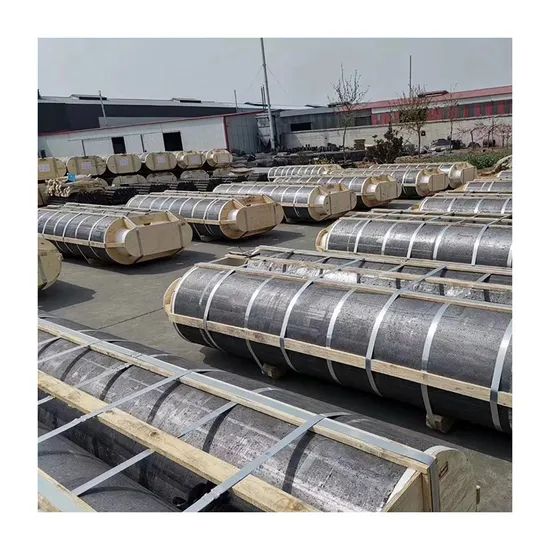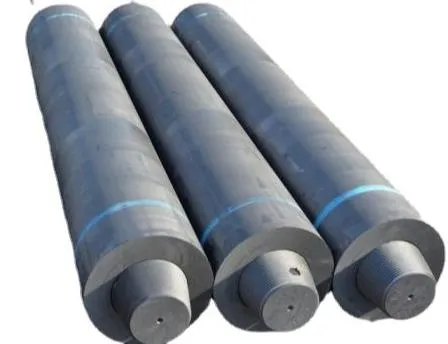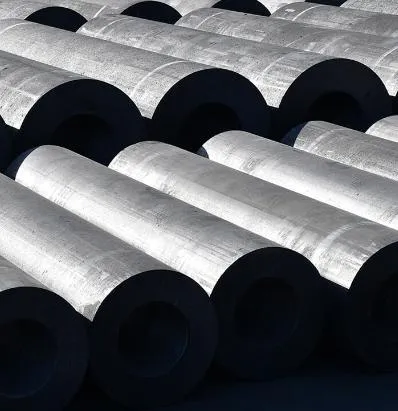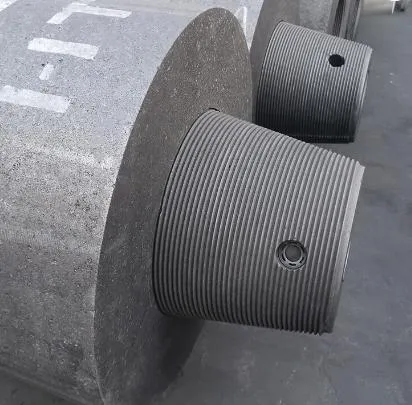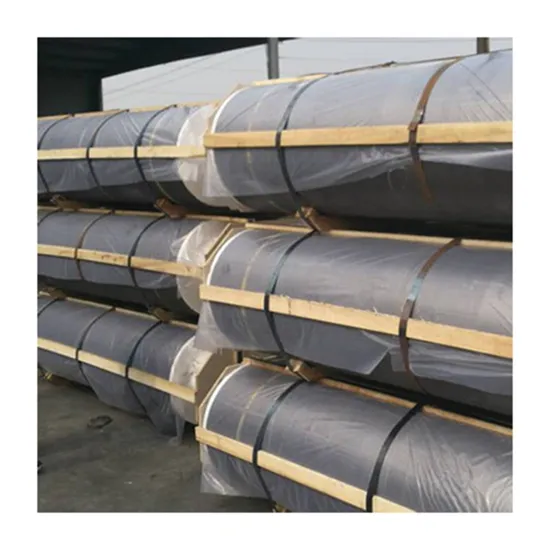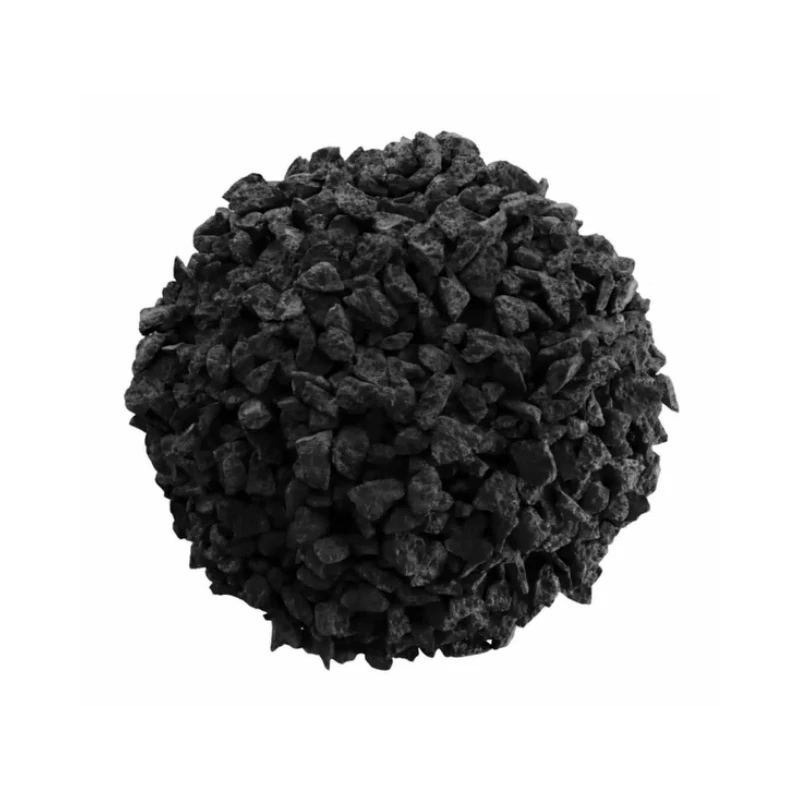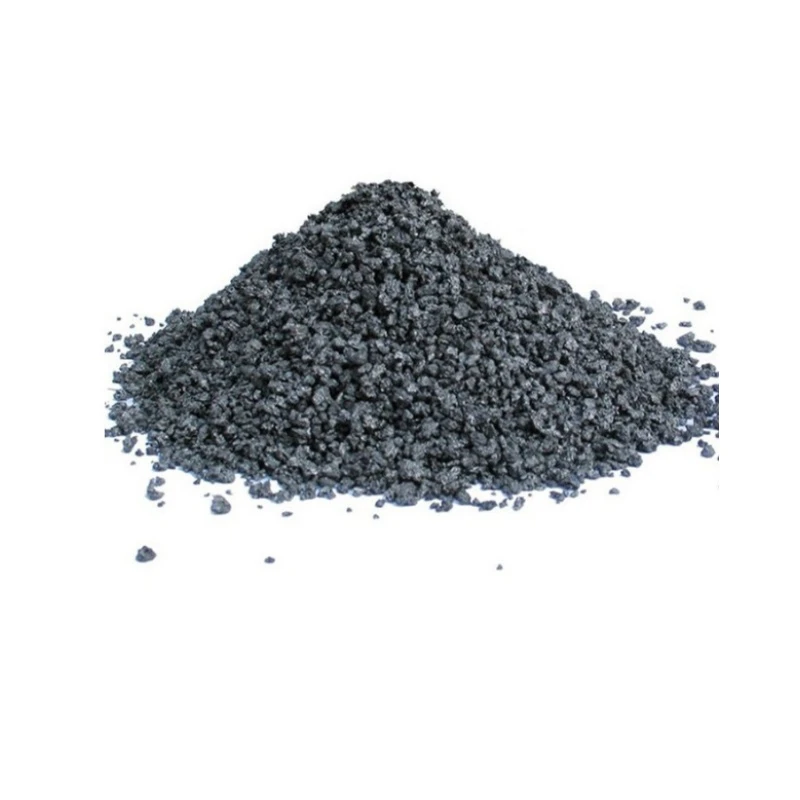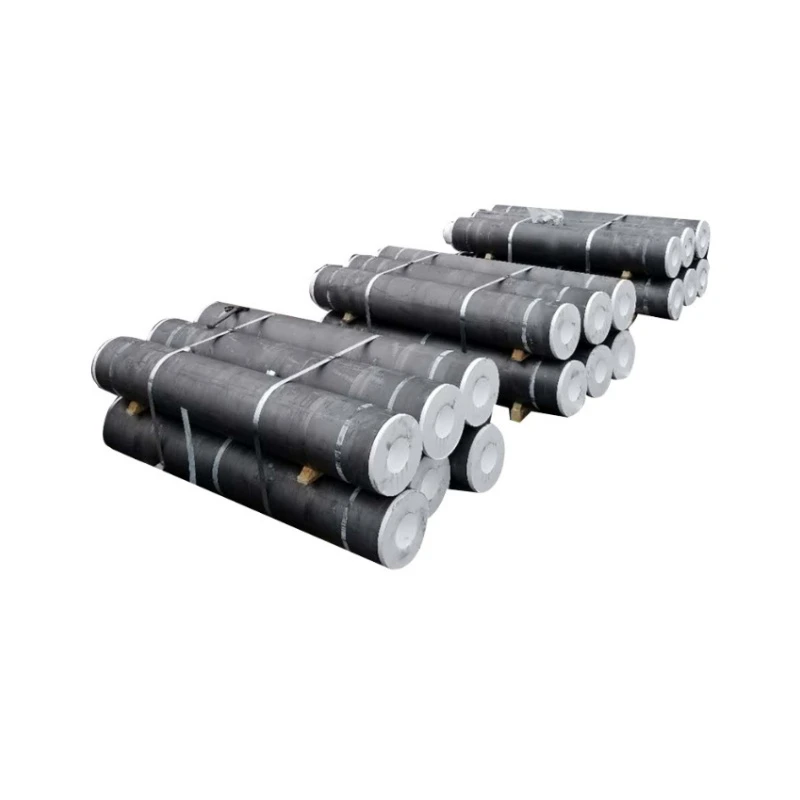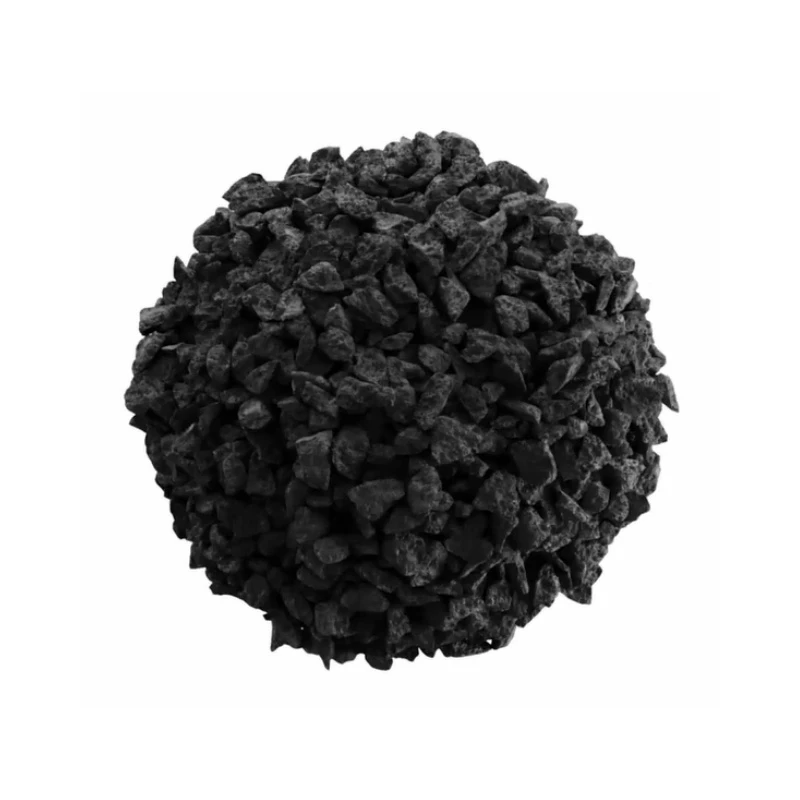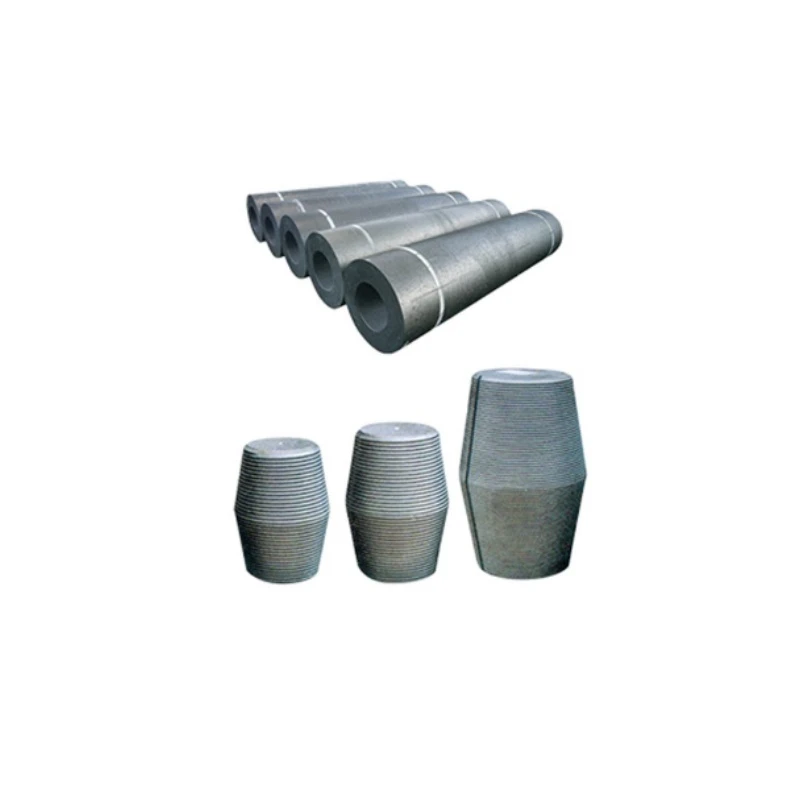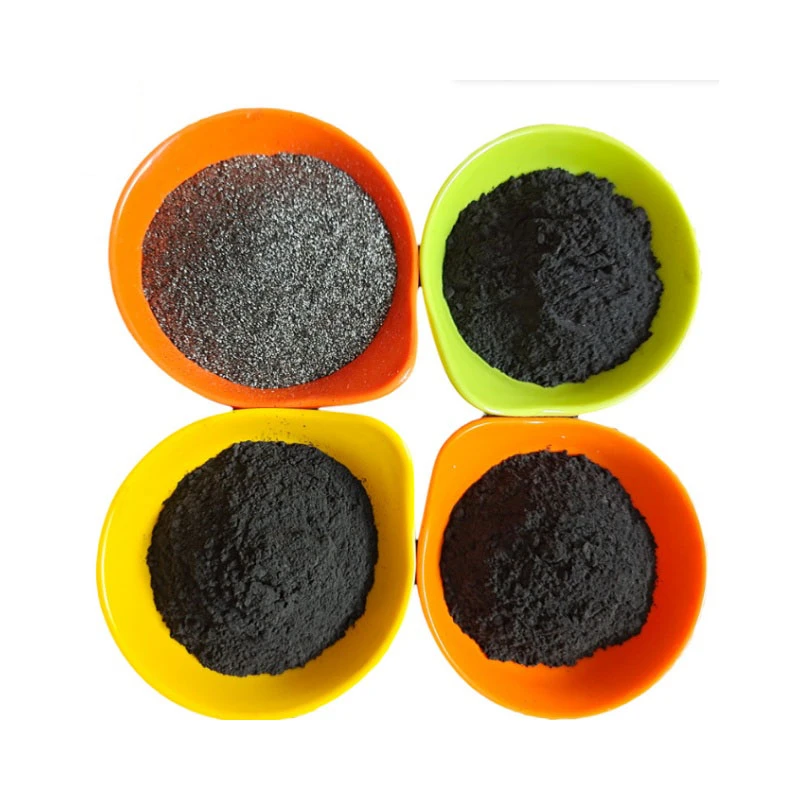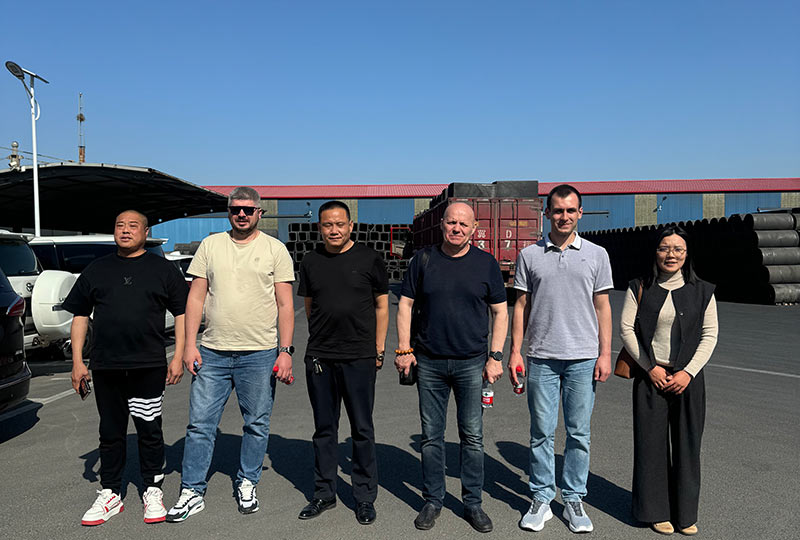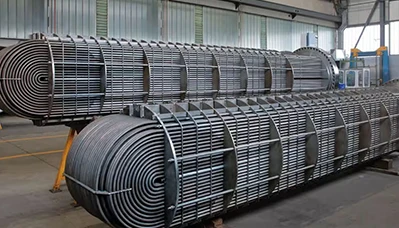- Englist


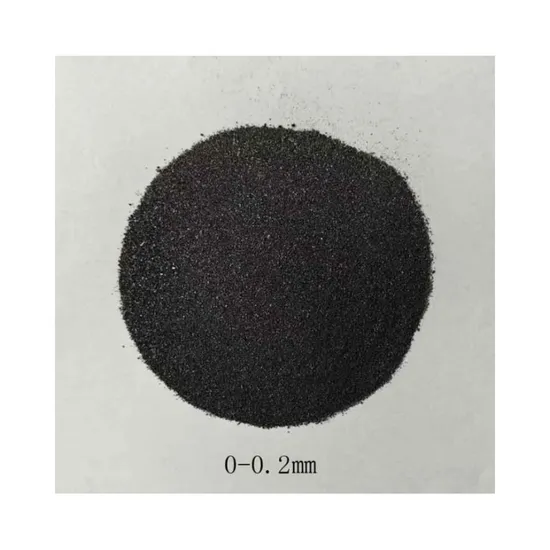
In the realm of materials engineering and manufacturing, the pursuit of superior mechanical properties is relentless. Components subjected to extreme wear, friction, and fatigue demand surfaces that can withstand these stresses while retaining core toughness. This is precisely where the concept of carburizing meaning becomes indispensable. Carburizing, a thermochemical heat treatment process, involves infusing carbon into the surface of low-carbon steel parts to enhance their surface hardness and wear resistance, thereby significantly extending their operational lifespan.
Understanding the intricacies of the carburizing heat treatment process is crucial for industries ranging from automotive and aerospace to heavy machinery and energy. This comprehensive guide delves into the fundamental principles of carburizing, its technological advancements, critical parameters, and the pivotal role played by high-quality carburizing agents in achieving optimal results. We will also introduce our flagship product, China Carburizing Agents for Carburizing & Deoxidizing, highlighting its specifications, advantages, and real-world applications.
Unveiling the Carburizing Meaning: A Deep Dive
At its core, carburizing meaning refers to the process of diffusing carbon into the surface of a ferrous alloy, typically low-carbon steel, while the metal is held at an elevated temperature (usually between 850°C to 980°C). This creates a high-carbon surface layer, known as the "case," over a relatively lower-carbon core. Upon subsequent quenching and tempering, the high-carbon case transforms into a hard, wear-resistant martensitic structure, while the core remains tough and ductile. This combination of a hard surface and a tough core is ideal for components that experience high surface loads and impacts.
The effectiveness of the carburising heat treatment process hinges on several factors, including temperature, time, and the carbon potential of the surrounding atmosphere. Carbon potential refers to the amount of carbon that can be absorbed by the steel surface at a given temperature. Controlling this potential is paramount to achieving the desired case depth and surface carbon content, preventing issues like sooting or decarburization. Modern carburizing processes utilize precise control systems to maintain the ideal carbon potential throughout the treatment cycle.

Figure 1: Typical industrial carburizing furnace setup, illustrating the controlled environment essential for effective carbon diffusion.
The Carburizing Heat Treatment Process: A Step-by-Step Overview
The general carburizing heat treatment process can be broken down into several distinct stages, each crucial for the final properties of the component:
- Pre-Cleaning and Preparation: Parts must be thoroughly cleaned to remove any oils, grease, or contaminants that could interfere with carbon diffusion or cause surface defects.
- Heating to Carburizing Temperature: Components are loaded into a furnace and slowly heated to the designated carburizing temperature (e.g., 900-950°C). This ensures uniform heating and minimizes thermal stress.
- Carbon Infusion (Carburizing Cycle): At the elevated temperature, the parts are exposed to a carbon-rich atmosphere. This can be achieved through various methods:
- Gas Carburizing: Most common, using controlled mixtures of natural gas, propane, or endothermic gas.
- Pack Carburizing: Parts are packed in a solid carburizing compound (like our China Carburizing Agents) within sealed boxes.
- Liquid Carburizing: Parts are immersed in molten salt baths containing carbon-donating salts.
- Diffusion Cycle: After the carburizing cycle, the carbon potential might be lowered, or the parts might be held at temperature without fresh carbon supply. This allows the diffused carbon to penetrate deeper into the case, achieving the desired case depth and a more gradual carbon concentration gradient. This step is vital for avoiding brittle surface layers.
- Quenching: The carburized parts are rapidly cooled (quenched) in oil, water, or polymer solutions. This rapid cooling transforms the high-carbon austenite in the case into hard martensite. The core, being lower in carbon, transforms into a tougher structure.
- Tempering: Finally, the quenched parts are reheated to a lower temperature (e.g., 150-250°C) and then cooled slowly. Tempering reduces brittleness, relieves internal stresses caused by quenching, and slightly increases toughness without significantly compromising hardness.
Each stage requires precise control, and the quality of the carburizing agent directly impacts the efficiency and outcome of the carbon infusion phase, making the choice of agent a critical decision for manufacturers.
Industry Trends and the Growing Demand for Advanced Carburizing Solutions
The global demand for high-performance components, particularly in sectors such as automotive powertrains, aerospace gears, and industrial heavy machinery, is on a consistent upward trajectory. As original equipment manufacturers (OEMs) strive for lighter, more durable, and more efficient systems, the role of advanced surface hardening techniques like carburizing becomes increasingly prominent. The trend is towards achieving tighter tolerances on case depth, superior surface finish, and improved fatigue life, all while optimizing energy consumption and environmental impact.
According to a report by Grand View Research, the global heat treatment market size was valued at USD 92.5 billion in 2022 and is projected to grow significantly, driven by the increasing application in various end-use industries. Carburizing, as a core segment of this market, benefits directly from this growth. There's a particular emphasis on developing more efficient and environmentally friendly carburizing agents and processes, reducing the need for post-treatment cleaning, and minimizing greenhouse gas emissions. This aligns perfectly with the properties and benefits of our China Carburizing Agents for Carburizing & Deoxidizing, which are designed for high purity and optimal performance.

Figure 2: High-purity carburizing agents, crucial for controlled carbon diffusion and superior case hardening results.
Technological advancements include the adoption of vacuum carburizing for cleaner operations and better process control, as well as the integration of computational modeling for predicting case depth and microstructure. However, traditional pack carburizing, especially for specific applications or when economic efficiency is paramount, remains highly relevant, provided that high-quality agents are utilized. The consistent quality and performance of carburizing agents are non-negotiable for manufacturers aiming for precision and reliability in their heat-treated components.
Technical Parameters and Data for Understanding Carburizing Meaning
To effectively manage the carburising heat treatment process, several critical parameters must be understood and controlled. These parameters directly influence the final properties of the carburized part and are crucial for meeting design specifications. Below is a table outlining key parameters related to carburizing meaning:
| Parameter | Description | Typical Range/Impact | Measurement/Control Method |
|---|---|---|---|
| Carburizing Temperature | Temperature at which carbon diffusion occurs. Higher temperatures increase diffusion rate. | 850°C - 980°C (1560°F - 1800°F) | Thermocouples, PID controllers in furnaces |
| Carburizing Time | Duration of exposure to carbon-rich atmosphere. Directly impacts case depth. | 1 - 24 hours (depending on desired case depth) | Process timing control |
| Carbon Potential (Cp) | The effective carbon concentration in the atmosphere that the steel surface can absorb. Critical for preventing sooting or decarburization. | 0.6% - 1.1% carbon (wt%) for steel surfaces | Oxygen probes, Infrared gas analyzers (IRGA) |
| Case Depth (CD) | The depth from the surface to which the carbon content has been significantly increased, typically defined by a specific hardness level (e.g., 50 HRC). | 0.2 mm - 3.0 mm (0.008 - 0.120 inches) | Micro-hardness testing (e.g., Vickers, Knoop) across cross-section |
| Surface Carbon Content | The carbon concentration at the outermost surface of the carburized layer. | 0.7% - 1.0% (wt%) | Combustion carbon analysis, glow discharge optical emission spectroscopy (GDOES) |
| Core Hardness | Hardness of the unaffected material below the carburized case. | Typically 25-45 HRC (depends on base material) | Rockwell Hardness Test |
| Quenching Medium/Temperature | Type of fluid (oil, polymer, water) and its temperature used for rapid cooling. Influences distortion and residual stress. | Oil (40-80°C), Polymer (20-60°C), Water (20-30°C) | Temperature sensors, flow control |
Our China Carburizing Agents for Carburizing & Deoxidizing are formulated to provide a stable and consistent carbon potential, ensuring predictable and repeatable results for all these critical parameters. Their high purity minimizes impurities, which can otherwise lead to inconsistent case depths or surface defects.
Product Deep Dive: China Carburizing Agents for Carburizing & Deoxidizing
As a leading supplier in the field, our product, China Carburizing Agents for Carburizing & Deoxidizing, stands at the forefront of innovation in thermochemical treatments. These agents are specifically engineered to optimize the carburizing heat treatment process, ensuring superior material properties and extended component lifespan. Available directly at https://www.nlgraphite.com/carburizing-agents-for-carburizing.html, our agents embody precision and reliability.
Material Composition and Manufacturing Process of the Agent
Our carburizing agents are primarily composed of high-purity carbonaceous materials, often derived from carefully selected grades of graphite and various carbon-rich compounds. The manufacturing process of these agents focuses on achieving a uniform particle size distribution, high reactivity, and excellent deoxidizing capabilities. The raw materials undergo rigorous purification processes to remove contaminants that could otherwise introduce undesirable elements into the steel or create harmful by-products in the furnace. This involves controlled grinding, screening, and blending processes to ensure homogeneity and consistent performance batch after batch. The deoxidizing property is critical as it helps to scavenge oxygen within the furnace atmosphere or on the steel surface, preventing unwanted oxidation that could hinder carbon diffusion and lead to soft spots.

Figure 3: Advanced laboratory testing ensuring the purity and performance of carburizing agents.
Inspection Standards and Quality Assurance
Quality is paramount for our China Carburizing Agents. Our production facilities adhere strictly to ISO 9001 quality management standards, ensuring every step from raw material sourcing to final packaging is meticulously controlled. Each batch undergoes stringent quality checks, including:
- Carbon Content Analysis: Using elemental analyzers to confirm the precise carbon percentage.
- Ash Content Testing: To ensure minimal impurities that could lead to contamination.
- Volatile Matter Analysis: To control the reactivity and stability during the carburizing process.
- Particle Size Distribution: Using laser diffraction or sieving methods to ensure consistent particle size for uniform diffusion.
- Reactivity Testing: Simulating actual furnace conditions to verify the agent's carbon release rate and deoxidizing efficacy.
These rigorous tests guarantee that our agents consistently deliver the desired carburizing meaning and performance, resulting in reliable case hardening.
Product Advantages: Enhancing Performance and Lifespan
Our China Carburizing Agents for Carburizing & Deoxidizing offer distinct advantages:
- Superior Carbon Potential: Ensures efficient and consistent carbon diffusion, leading to uniform case depth and hardness.
- Excellent Deoxidizing Properties: Minimizes oxidation on the steel surface and in the furnace, promoting cleaner diffusion and reducing surface defects. This implicitly contributes to better corrosion resistance of the treated part due to a more uniform and denser surface.
- Enhanced Wear Resistance: Components treated with our agents exhibit significantly improved wear resistance, extending their operational life in demanding applications.
- Reduced Distortion: The controlled diffusion process helps minimize thermal stresses, leading to less distortion in the final parts, reducing the need for extensive post-treatment machining.
- Cost-Effectiveness & Energy Efficiency: Optimized reactivity means shorter cycle times in some applications and lower energy consumption per treated part.
- Longer Product Lifespan: Parts treated using our agents show increased fatigue strength and overall durability, directly contributing to the extended service life of the end product.
These advantages translate directly into higher quality components, reduced manufacturing costs, and increased customer satisfaction across various industries.
Application Scenarios and Industry Use Cases (Experience)
The versatility and efficacy of the carburizing meaning and the associated heat treatment process, particularly when utilizing high-quality agents like ours, make it indispensable across a broad spectrum of industries. Components requiring a hard, wear-resistant surface coupled with a tough core are prime candidates for carburizing.
Applicable Industries:
- Automotive Industry: Gears, camshafts, crankshafts, transmission components, and bearings benefit immensely from carburizing for enhanced wear resistance and fatigue strength. Our agents ensure these critical parts meet stringent automotive durability standards.
- Aerospace: High-performance gears and structural components in aircraft engines and landing gear require exceptional strength-to-weight ratios and resistance to extreme conditions, making carburizing vital.
- Heavy Machinery & Construction: Components in excavators, bulldozers, and agricultural equipment, such as large gears, shafts, and pins, endure immense stress and abrasion. Carburizing extends their service life significantly.
- Oil & Gas / Petrochemical: Parts exposed to corrosive and abrasive environments, like pump components, valve parts, and drilling equipment, leverage carburizing for improved longevity and resistance to wear and tear. While carburizing primarily enhances hardness, the improved surface integrity can indirectly contribute to better performance in some corrosive environments by reducing localized attack.
- Power Generation (e.g., Wind Turbines): The massive gears and bearing elements within wind turbine gearboxes undergo continuous high stress. Carburizing is critical for their reliability and extended service intervals.
- General Manufacturing & Tooling: Dies, molds, and various machine tool components benefit from a hard surface to resist wear during repetitive operations.
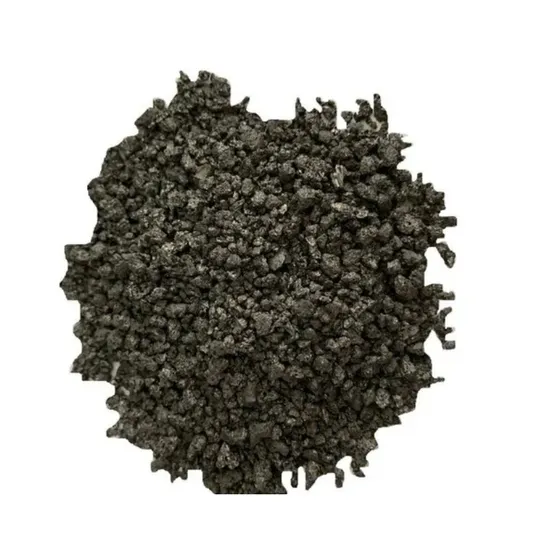
Figure 4: Carburized gears, a prime example of enhanced durability in automotive applications due to robust heat treatment.
Client Feedback and Service Cases (Experience)
We have a long-standing history of successful partnerships with clients globally. For instance, a major automotive gear manufacturer in Europe reported a 15% reduction in their post-carburizing grinding operations due to the reduced distortion achieved with our agents. This directly translated into significant cost savings and improved throughput. Another case involved a heavy equipment manufacturer facing premature wear on their track pins; by switching to our China Carburizing Agents, they observed a 30% increase in component lifespan, leading to fewer field failures and enhanced customer satisfaction. Our technical support team works closely with clients, providing tailored advice on optimizing their carburising heat treatment process for specific material grades and component geometries, ensuring that the full potential of carburizing meaning is realized.
Manufacturer Comparison: Why Choose Our China Carburizing Agents? (Authoritativeness)
The market for carburizing agents features various manufacturers, each offering products with differing specifications and quality levels. When selecting a supplier for your carburizing heat treatment process, it’s crucial to consider not just the price, but also consistency, technical support, and the supplier's commitment to quality and innovation. Here’s a brief comparison table highlighting our competitive edge:
| Feature | Our China Carburizing Agents | Typical Competitor Product |
|---|---|---|
| Purity & Consistency | High (typically >99.5% carbon, low ash/volatiles), ISO 9001 certified batch consistency. | Variable, potential for higher impurities, less consistent. |
| Deoxidizing Efficacy | Excellent, active deoxidizers minimize surface oxidation. | Moderate to low, may require additional furnace atmosphere controls. |
| Carbon Potential Control | Stable and predictable carbon release, leading to precise case depth. | Can be erratic, leading to inconsistent case hardening. |
| Impact on Distortion | Formulated to reduce post-treatment distortion. | May contribute to higher distortion, requiring more post-processing. |
| Technical Support | Dedicated team of metallurgists and engineers, customized solutions, comprehensive after-sales service. | Limited, often off-the-shelf support. |
| Certifications & Standards | ISO 9001, internal lab testing to ASTM standards. | May lack comprehensive international certifications. |
| Application Versatility | Optimized for various steels and carburizing methods (pack, gas assistance). | May be less versatile, specialized for specific applications only. |
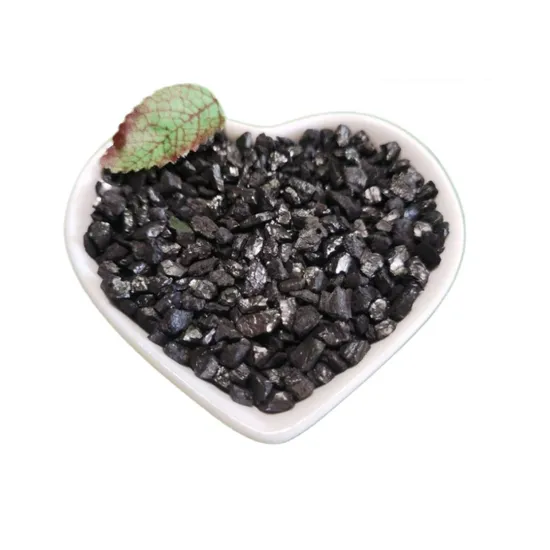
Figure 5: Advanced manufacturing facility showcasing the precision and scale of our carburizing agent production.
Customized Solutions and Partnership Approach
We understand that each application of carburizing meaning can have unique requirements. Our team of experienced metallurgists and chemical engineers collaborates closely with clients to develop tailored carburizing agent formulations. Whether you need specific carbon potential ranges, optimized particle sizes for different furnace types, or enhanced deoxidizing capabilities for challenging alloys, we can provide bespoke solutions. Our service extends beyond just supplying products; we act as a technical partner, offering insights and support throughout your carburising heat treatment process to ensure you achieve the desired material properties and operational efficiencies.
Our service commitment spans decades, reflecting a deep understanding of the industry's evolving needs and a proven track record of delivering consistent value. This long-term relationship approach builds significant trust with our clients.
Quality Assurance, Delivery, and Customer Support (Trustworthiness)
At NL Graphite, our commitment to quality and customer satisfaction underpins every aspect of our operations, from product development to delivery and after-sales support. We believe that true partnership is built on reliability and responsiveness, especially when it comes to critical processes like carburizing meaning.
Certifications and Accreditations (Authoritativeness)
Our manufacturing processes for China Carburizing Agents for Carburizing & Deoxidizing are certified under ISO 9001, a globally recognized standard for quality management systems. This certification assures our clients that our operations are managed to the highest international standards, focusing on continuous improvement and customer satisfaction. Furthermore, our internal testing protocols often exceed industry benchmarks, with test data regularly verified by third-party laboratories to ensure complete transparency and accuracy. Our adherence to standards like ASTM (American Society for Testing and Materials) for material testing ensures product reliability and performance consistency.
Delivery Cycle and Logistics
We maintain robust supply chain management and logistics networks to ensure timely and efficient delivery of our carburizing agents worldwide. Our typical delivery cycle for standard orders ranges from 7 to 14 business days, depending on the destination and order volume. For urgent requirements or large-scale projects, we offer expedited shipping options. We work with trusted freight partners to ensure secure and efficient transportation, minimizing transit times and potential disruptions to your production schedule. Our advanced inventory management systems allow us to respond quickly to client needs, ensuring a stable supply of essential materials for your carburizing heat treatment process.
Warranty and After-Sales Commitment
We stand behind the quality and performance of our China Carburizing Agents with a comprehensive quality warranty. In the unlikely event of any product performance issues attributed to manufacturing defects, we commit to providing replacements or appropriate compensation. Our dedicated customer support team is available to assist with product selection, application guidance, troubleshooting, and any technical queries you may have. We offer multi-channel support including phone, email, and online chat, ensuring you receive timely and expert assistance to maximize the benefits of our agents in your carburising heat treatment process.
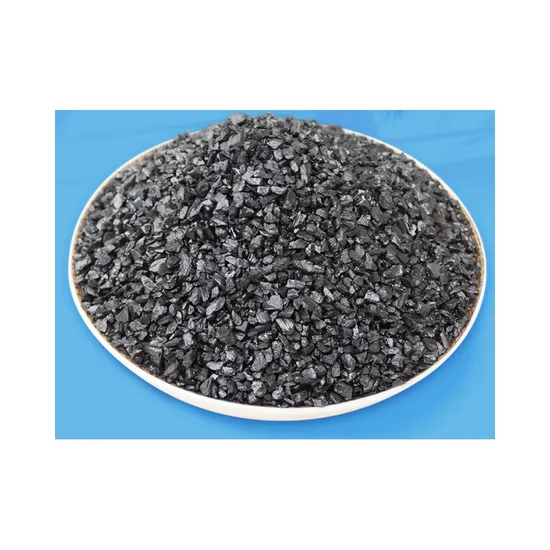
Figure 6: Secure and standardized packaging of carburizing agents, ready for global distribution.
Frequently Asked Questions (FAQ) about Carburizing Meaning and Agents
The ideal carbon potential (Cp) typically ranges from 0.7% to 1.0% carbon (wt%), depending on the steel grade and desired surface carbon content. Our China Carburizing Agents are formulated with a high and stable carbon content that releases consistently into the furnace atmosphere, aiding in maintaining a precise carbon potential. Their uniform particle size ensures an even and controlled carbon supply throughout the carburizing heat treatment process.
The deoxidizing property of our agents scavenges oxygen present in the furnace atmosphere and on the surface of the steel. This prevents the formation of oxides (like scale) which can act as barriers to carbon diffusion, leading to soft spots or inconsistent case depth. By creating a cleaner environment, our agents ensure more efficient and uniform carbon penetration, optimizing the carburizing meaning for superior results.
Our agents are highly effective for carburizing low-carbon alloy steels (e.g., AISI 8620, 4320, 9310) and low-carbon plain carbon steels. These steels typically have a carbon content ranging from 0.1% to 0.3%. The lower initial carbon content of these steels makes them ideal candidates for surface hardening through carbon diffusion, as they can readily absorb carbon into their austenitic phase at elevated temperatures.
Case depth is typically measured using micro-hardness testing (e.g., Vickers or Knoop hardness tests) on a cross-section of the carburized part. A series of indentations are made from the surface inwards, and the case depth is defined as the distance from the surface to the point where the hardness drops to a specified core hardness value (e.g., 50 HRC or 550 HV). Our agents are designed to achieve precise and repeatable case depths as specified by industry standards like ASTM A275/A275M for magnetic particle examination of steel forgings, which indirectly relates to the quality of heat treatment.
While primarily designed for optimal performance in pack carburizing, our agents can also be effectively used as supplementary carbon sources or deoxidizers in conjunction with gas carburizing setups, especially where existing gas systems might require a boost in carbon potential or enhanced deoxidation. Our technical team can advise on specific application methods for your particular carburising heat treatment process.
The lifespan of a carburized component varies significantly based on its application, operating conditions, and base material. However, components treated with our high-quality agents exhibit vastly extended service lives compared to uncarburized parts. This is due to the superior surface hardness (typically 60-64 HRC), enhanced wear resistance, and improved fatigue strength achieved. For example, industrial gears can see their fatigue life increase by factors of 2-5 times or more.
To maintain optimal efficacy, our China Carburizing Agents should be stored in a cool, dry place, away from direct sunlight and moisture. They should be kept in their original sealed packaging to prevent contamination and absorption of humidity, which could affect their performance during the carburizing meaning application. Proper storage ensures consistent carbon release and deoxidizing properties.
Conclusion: Mastering Carburizing Meaning for Unmatched Performance
The profound impact of carburizing meaning on the performance and longevity of critical industrial components cannot be overstated. By precisely controlling the diffusion of carbon into steel surfaces, manufacturers can produce parts with an optimal combination of extreme surface hardness and a tough, ductile core, addressing the most demanding application challenges. The success of the carburizing heat treatment process is intricately linked to the quality of the carburizing agents employed, making the choice of supplier a strategic decision.
Our China Carburizing Agents for Carburizing & Deoxidizing represent the pinnacle of this technology, offering unparalleled purity, consistent performance, and robust deoxidizing capabilities. Engineered to meet the highest industry standards, these agents empower manufacturers across the automotive, aerospace, heavy machinery, and energy sectors to achieve superior material properties, reduce operational costs, and significantly extend component lifespans. With our commitment to innovation, stringent quality control (ISO 9001 certified), comprehensive technical support, and reliable global delivery, we are your trusted partner in mastering the complexities of carburizing.
Explore our full range of solutions and discover how our advanced carburizing agents can transform your heat treatment processes. Visit our product page at https://www.nlgraphite.com/carburizing-agents-for-carburizing.html to learn more and request a tailored consultation.
References and Further Reading:
- ASM International. "Heat Treating of Steels." ASM Handbook, Vol. 4A: Steel Heat Treating Fundamentals and Processes. (Available through ASM International Library)
- Journal of Materials Processing Technology: https://www.sciencedirect.com/journal/journal-of-materials-processing-technology (Access to specific articles may require subscription)
- Metallurgical and Materials Transactions A: https://www.springer.com/journal/11661 (Peer-reviewed academic journal for materials science)
- Heat Treat Today Magazine: https://www.heattreattoday.com/ (Industry news and technical articles on heat treatment processes)
- ASTM International Standards (relevant standards like ASTM E384 for micro-hardness testing): https://www.astm.org/standards/e384.htm





 Pervious
Pervious
 Next
Next
